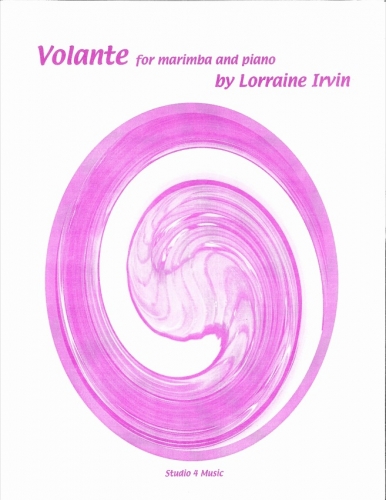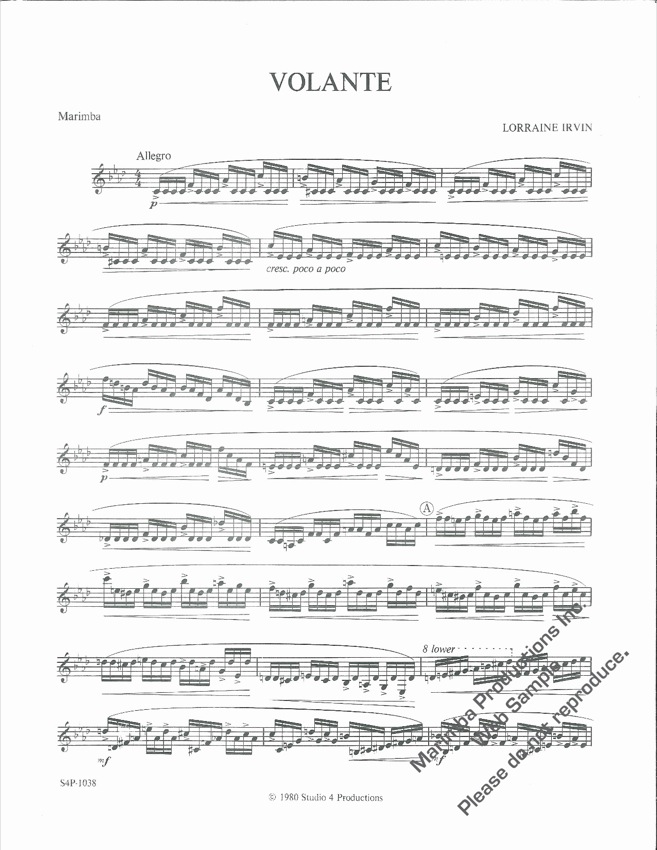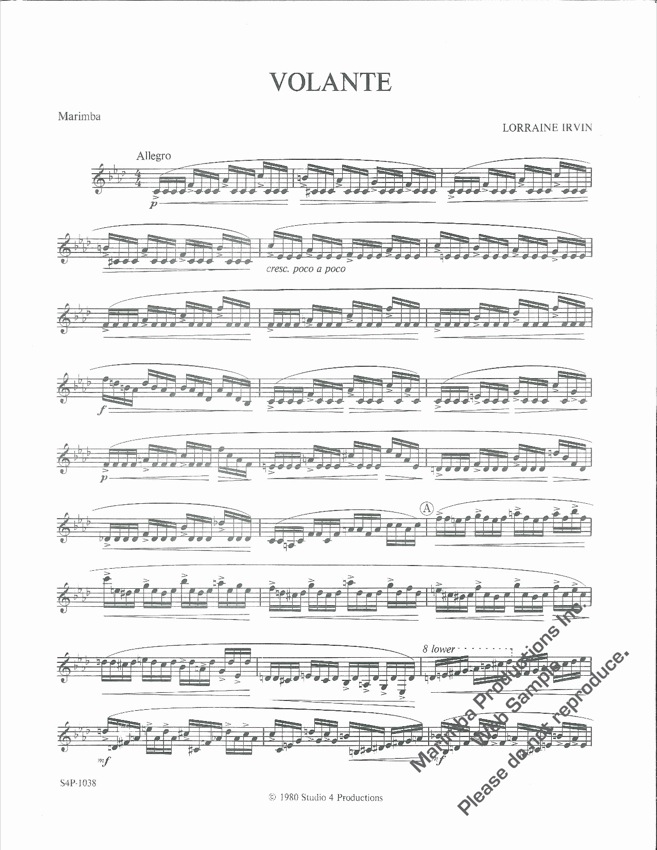| Difficulty | Advanced |
|---|---|
| Performance Type | Piano Accompaniment |
Syncopated Waltz
$10.00For solo marimba with piano accompaniment
For solo marimba with piano accompaniment
For solo marimba with piano accompaniment
For solo marimba with piano accompaniment
| Difficulty | Advanced |
|---|---|
| Performance Type | Piano Accompaniment |
An excellent collection of keyboard, timpani, snare drum and multi-perc solos suitable for college auditions.
An excellent collection of keyboard, timpani, snare drum and multi-perc solos suitable for college auditions.
A classic method book for snare drum, written by Elden “Buster” Bailey, who was a 40+ year member of the New York Philharmonic, a 20+ year teacher at the Juilliard School, and is acclaimed as one of the greatest snare drummers and snare drum teachers of all time.
A classic method book for snare drum, written by Elden “Buster” Bailey, who was a 40+ year member of the New York Philharmonic, a 20+ year teacher at the Juilliard School, and is acclaimed as one of the greatest snare drummers and snare drum teachers of all time.
All Four Rotations, now available in one collection!
All Four Rotations, now available in one collection!
This fine collection includes Furioso and Valse in D Minor, Capriccio Marimba, Dance of the Hippolollipops, Etude 1955 and Habanera.
This fine collection includes Furioso and Valse in D Minor, Capriccio Marimba, Dance of the Hippolollipops, Etude 1955 and Habanera.
Duet for two marimbasSkylark Orange Circles is dedicated to the wonderful Japanese marimba virtuoso, Momoko Kamiya. The music is very dance-like in quality, going over and over through mostly the same sequence of harmonies while melodic variations are developed. The melodic ideas become more and more like a bird (or flute) singing as the work progresses.
Duet for two marimbasSkylark Orange Circles is dedicated to the wonderful Japanese marimba virtuoso, Momoko Kamiya. The music is very dance-like in quality, going over and over through mostly the same sequence of harmonies while melodic variations are developed. The melodic ideas become more and more like a bird (or flute) singing as the work progresses.



